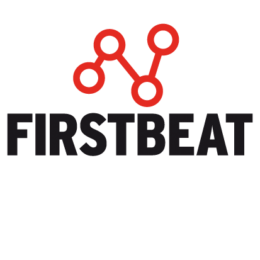
Texas Tech University’s athletic program first introduced Firstbeat Sports in 2013 through the Women’s Soccer program. Since then, the school’s Softball, Tennis, Baseball and Volleyball teams have all begun using Firstbeat’s physiological analytics to boost performance and recovery.
And, with Firstbeat Sports now available to over 500 student-athletes as part of the university’s brand new, $48 million Sports Performance Center opened in fall 2017, we sat down with Strength Coach and Sports Scientist, David Clark, to see how the technology is being used at the Division I level.
“I think the best thing about the Firstbeat Sports platform is it really raises the important questions,” explained Clark. “This helps us as coaches educate players and helps them be the best they can be. Otherwise, you’re just eye-shotting everything and you’re not getting a scientific approach to what you’re asking of them.”
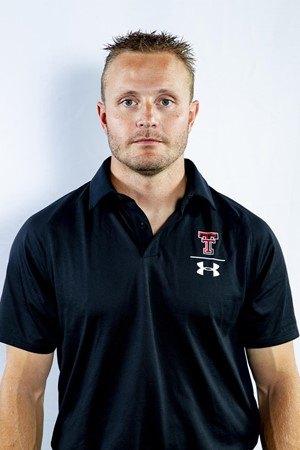
Strength Coach and Sports Scientist David Clark
Getting Recovery Right
This scientific approach has played a role in the Women’s Soccer team’s excellent form over recent years. The Red Raiders have qualified for the NCAA Tournament in four of the last five seasons and the 2018 season has been their best in three years.
Texas Tech student-athletes need to be in peak condition as they compete at the highest level of collegiate sport. Effective recovery – and finding the balance between load and recovery – is a big part of this.
Firstbeat’s Quick Recovery Test (QRT), which gauges an individual’s recovery status and performance readiness by analyzing beat-to-beat changes in a player’s heart-rate variability (HRV), has become part of the daily routine for soccer players as they arrive for morning practice:
“We set up the Firstbeat system at practice so, as soon as players arrive, they can lay down and take the QRT,” he says. “It is really helpful for us in-season because we have players at dramatic ends of the spectrum. We have players who play 90-110 minutes and some who play 0-5 minutes. The QRT lets us see how well all our players are recovering day-to-day.”
QRT results are available to staff and players immediately and can inform decisions on individual and team training loads for the upcoming session. Essentially letting the student-athletes know when it’s time to push and when to hold back.
The findings also help create a dialogue with players about how wellness and situations outside of practice impact recovery.
“Athletes always want to be at their best. So, a lot of times we’ll speak to a player about a QRT result that raises a red flag and they’ll open up about, for example, a hectic exam period, struggles with sleep or illness.”
Clark and his colleagues use Firstbeat Sports recently introduced Stress and Recovery feature – which utilizes the Firstbeat Bodyguard HRV recording device – to evaluate the impact of life outside an athlete’s sporting commitments.
Download our free guide to Understanding Athlete Stress and Recovery. Download here
The Bigger Picture
QRT provides a snapshot of readiness in real time ahead of daily practices. The Bodyguard device is often worn over a 24-hour or three-day measurement period and provides the big picture on stress-recovery balance, while highlighting decisions that positively, or negatively, impact an individual.
“In a couple of our teams, we have players who don’t have very good sleep patterns,” Clark reveals. “So, we’ve had them use the Bodyguard and we’ve been able to show them, ‘Look, it isn’t just you feeling this way. This is what is actually happening’.
“For instance, we can show them when their body is in a stressed state during overnight ‘recovery’ and we can then educate them on how to change this. This helps introduce changes which can be put in their back pocket and, come mid-season when intensity and stress are high, they can fall back on that information to help ensure recovery as the season progresses.”
Freshman players will also wear the Bodyguard “for three days during their first week so that we can get a base pattern showing what they looked like coming into our program.” For first-year student-athletes, arriving at Texas Tech brings with it added responsibilities, expectations and competition. Inevitably, this can lead to added pressure and stress as young athletes try to perform on the field and in the classroom.
“Having the data available – and the invaluable support from Firstbeat experts – helps us evidence the extra stress and workload on their body and teach them about what they need to be paying attention to make sure they’re able to recover day-to-day.”
In the Moment
Firstbeat’s Benjamin Jensen works closely with Clark to provide valuable support and he has been impressed with how Texas Tech staff use it to their advantage:
“Working with David since day one has been great. I’ve been on campus many times and every time I try to be a sponge, taking in how they apply the system and picking his brain. I’m there for on-site support but I am learning just as much – if not more – from David and the Texas Tech staff as they put the Firstbeat system to use in unique ways. They have been very impressive.”
Firstbeat real-time monitoring during training also plays a role in preparing Texas Tech players for game day. Tracking individual athletes’ Acute:Chronic workload throughout the season means Clark can identify trends amongst the squad. This can be particularly beneficial when a bench player is required to step into the starting line-up during the season.
“The Firstbeat data means we can track whether those players who aren’t playing as much as getting enough conditioning to keep them fit. So, when the time comes and the coach increases their minutes they are capable of handling it.”
“We measure everything. Over time, we can see if players are still having trouble recovering between practice reps. Coaches can see how hard players are having to work to pass conditioning drills.
“Ultimately, it gives us the big picture. As a program, metrics like Intensity Zones, TRIMP and Training Effect lets us see if our training is effective. Are we creating the adaptations we need for players to be able to perform at a high level? Or, does the data show we need to change something to initiate those adaptations?”
Firstbeat’s flexible, cloud-based platform means the Texas Tech sports teams utilizing the technology can do so at the practice field, on road trips, overnight and in the gym at the multi-million-dollar performance facility. In the words of David Clark, as college sports continue to embrace technology in pursuit of producing exceptional student-athletes and results:
“If you’re not training scientifically, then what are you doing?”
If you liked this article, you should subscribe to our mailing list.
Give your team the Firstbeat Sports competitive advantage.
Contact us for more information or get a quote.
You might also be interested in
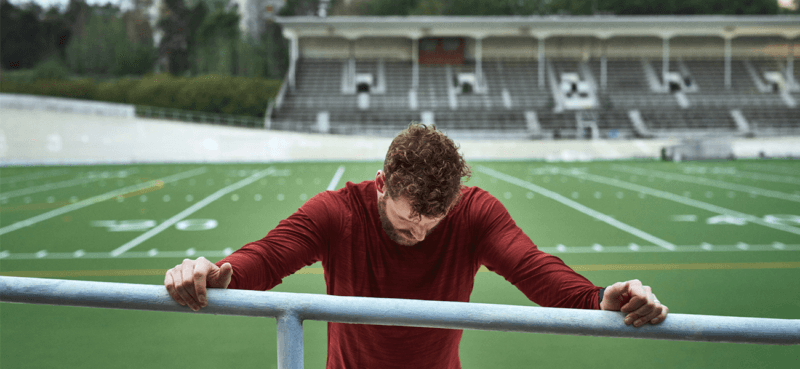
3 Types of Psychological Stress Affecting Athletes In-season
What exactly are these stressors and how can coaches and athletes identify them in order to adjust and, ultimately, limit the negative impact they can have?
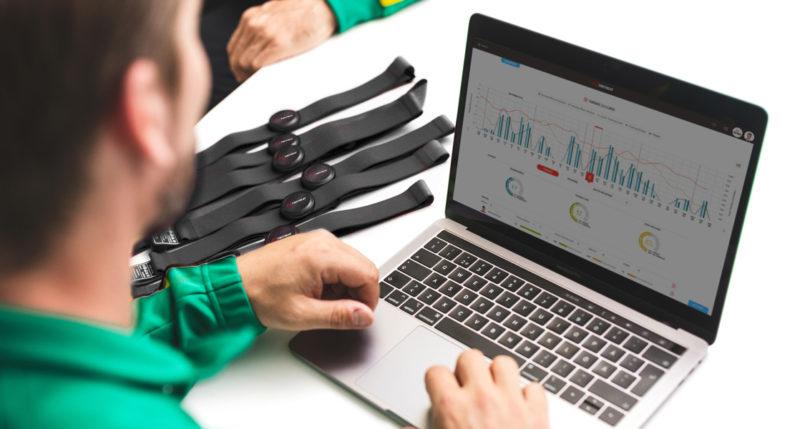
Training Status: the Balance of Training for an Individual Athlete
A comprehensive breakdown of the Training Status feature in Firstbeat Sports.
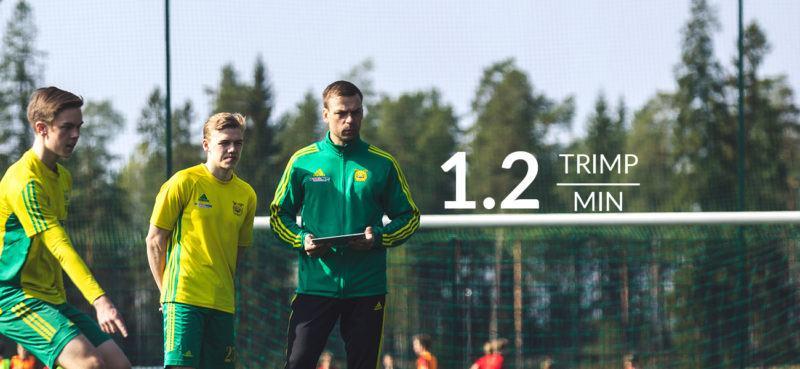
Real-time TRIMP/min: How to Use the Firstbeat Sports App Feature in Training
From replicating game intensity to aiding player rehab, monitoring TRIMP/min has wide-ranging benefits.
